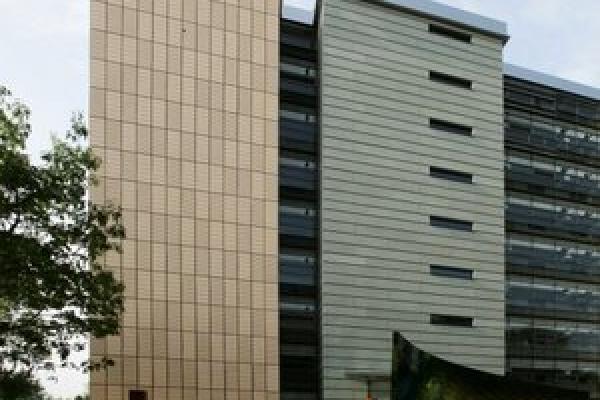Commercial Building Cladding “Defects” Trigger £2million Claim
In considering a £2 million claim in respect of allegedly dangerous defects in the cladding of a landmark commercial building, the High Court has given important guidance on the effect of contractual terms which seek to place time limits on potential liability.
The tenant of the building launched proceedings after a large cladding tile fell into the street from the building’s seventh floor. Temporary works to make the building safe were said to have cost £470,000 and the total cost of putting right the problem was estimated at £2 million.
The tenant was precluded from taking action against contractors who had originally installed the cladding tiles. That was because of a contractual term which stated that it could make no claim against the contractors after the expiry of 12 years from effective completion of the project.
The tenant therefore sued engineering consultants who had advised it in relation to initial remediation works which had not prevented the tile from falling. The consultants in turn launched proceedings against the contractors, claiming contributions to any damages which might be awarded against them.
The contractors argued that the claims against them were misconceived in that they too were precluded by the contractual cut-off date. In rejecting those submissions, however, the Court found that the terms of the contract, whilst preventing the tenant from suing the contractors, did not extinguish the former’s underlying rights. The contribution proceedings were thus viable and fit for trial.
